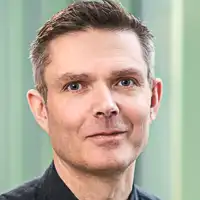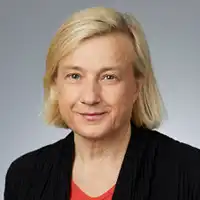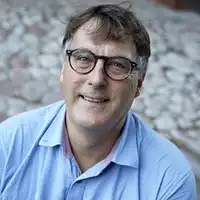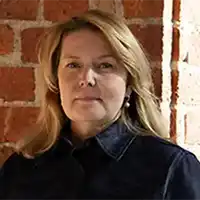Structured work to achieve greater impact
Fredrik Johansson was appointed as the new impact leader for the ABE School at the beginning of September. Since then, the faculty board's new impact committee has been formed and held its first internal meeting. Fredrik Johansson's hope is that a more systematic approach will lead to greater impact and societal influence for the ABE School's research and contribute to KTH's image, attract students and generate interest.
KTH's work with impact – societal influence – is based on a decision by the president from 2022 and is supported by an
impact leader for each school. The ABE School's faculty board decided at its June meeting to establish a new committee that will function as a reference group for the ABE School's impact leaders and organize matters concerning impact.
Now there is a complete impact committee consisting of Fredrik Johansson, Per Wikman Svahn, Cecilia Hermansson and Fredrik Gröndahl, as well as the faculty board's external members Johan Dozzi, the Swedish Civil Contingencies Agency, and Karin Ekdahl Wästberg, City of Stockholm. What the members have in common is that they have good knowledge of KTH and collaboration with industry.
Fredrik Johansson describes that the role as impact leader is about achieving impact, disseminating the research conducted at the school in the best way and creating societal influence.
“It's interesting how KTH as a whole is perceived as an institution, how we can contribute to making KTH attractive to students and how we can generate interest in our work and contribute to societal impact.”
Together with the new committee, he will develop an action plan and identify and prioritize activities that can strengthen the impact work.
“For example, it could be a research and impact day where researchers at the ABE School and external industry representatives are invited. When it comes to the relationship with industry and the City of Stockholm, I see great advantages in the external members' deep knowledge of industry and strong connection to KTH. They know what industry and the city are looking for, how KTH is perceived, and what they would like to see more of from us.”
Fredrik Johansson also wants to raise interest in the built environment among young people from lower-secondary school and upper-secondary school.
“We see that birth cohorts are decreasing while there are many other fields to study, which creates competition for talent. We will need people who can manage aging infrastructure, who can tackle comprehensive climate adaptation of our communities and who can ensure that we have the robustness and resilience required for major investments in total defense, including adaptation for heavier vehicles.”
The impact committee's internal members had a first meeting on November 20. The next meeting is on 12 December and in February 2026, the external members will participate for the first time.
“To begin with, we will review the impact strategy that was developed during the spring and create an action plan based on KTH's vision, goals and sustainability objectives, with indicators to follow up on the work. Concretely, the committee will meet four times per year before the faculty board's meetings and present proposals there. My hope is that a systematic approach will lead to us getting things done. You could say there will be more impact from the group's work.”






